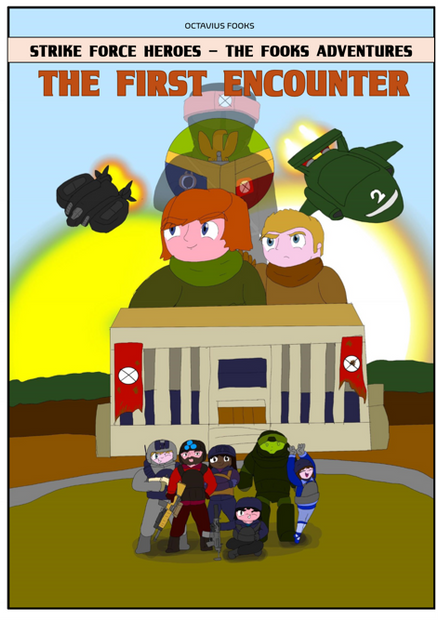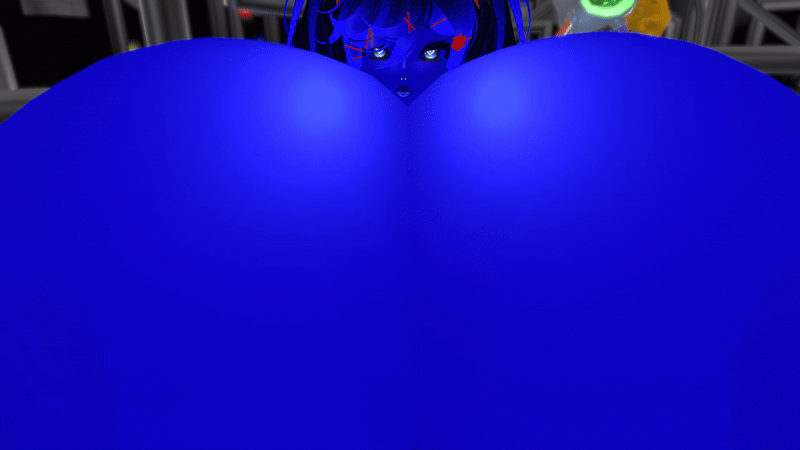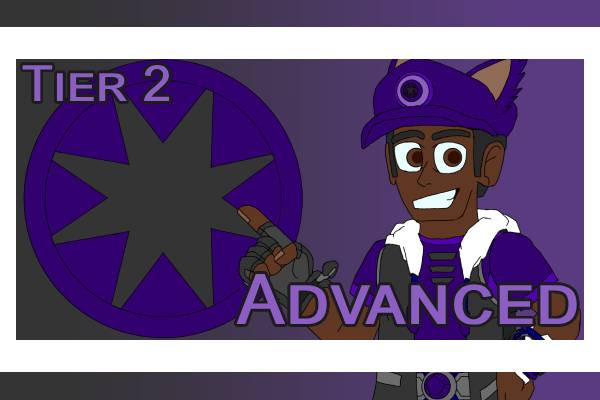HOME | DD
 Din0boy1 — Common Lank
Din0boy1 — Common Lank

#azhdarchid #pterosaur #thenewdinosaurs #speculativeevolution #speculativebiology #thenewdinosaursrevised #din0boy1studios
Published: 2024-06-01 21:12:54 +0000 UTC; Views: 2365; Favourites: 60; Downloads: 2
Redirect to original
Description
Common name: Common LankScientific name: Herbaphagus longicollum
Name Meaning: “Long-Necked Grass Eater”
Clade: Azhdarchidae, Quetzalcoatlinae, Indodactylia (herbivorus Ethiopian and Indo-Pacific azhdarchids), Herbaphagidae (flightless Ethiopian azhdarchids), Herbaphaginae (advanced herbaphagids), Herbaphagini (Lanks)
Ancestor: Some Madagascan azhdarchid
Native environment: Savanna, dry open woodlands, and thorn forest
Location: Somali-Masai region, Sahel and Sudan, Zambezian region
Size: 4 meters tall, 2.4 meters long
The tropical grasslands, when they developed and spread halfway through the Miocene, were a novel environment for the great dinosaurs. The grass is a remarkably tough substance, and a grass-eating animal needs some extreme specializations to allow it to survive. Grass is full of hard silica and so it causes a great deal of wear to teeth. A grass-eating animal needs teeth that are constantly growing or frequently replaced. Complex digestive systems are needed to break down and extract nutrients from the substance of grass. On top of all that, a big grassland-living animal needs to have long legs to allow it to run away from danger. In some places, such as the prairies of North America, non-avian dinosaurs developed quite happily into grass-eating forms. However, on the savannas of the African continent, herbivorous non-avian dinosaurs were still able to establish much of a foothold. But, they were joined by their cousins, the pterosaurs. A group of pterosaurs abandoned their powers of flight a few million years before the tropical grasslands spread, and they island-hopped from their birthplace in Madagascar and became one of the main grass-eating animals of Africa. The common lank is now one of the most highly specialized of these, and the one that has become most unlike its flying ancestor. The body has remained short but the forelimbs and hind limbs have become long and equal in length. The neck and face are also long; all plains-living features.
Related content
Comments: 2

👍: 0 ⏩: 0

👍: 0 ⏩: 0

























